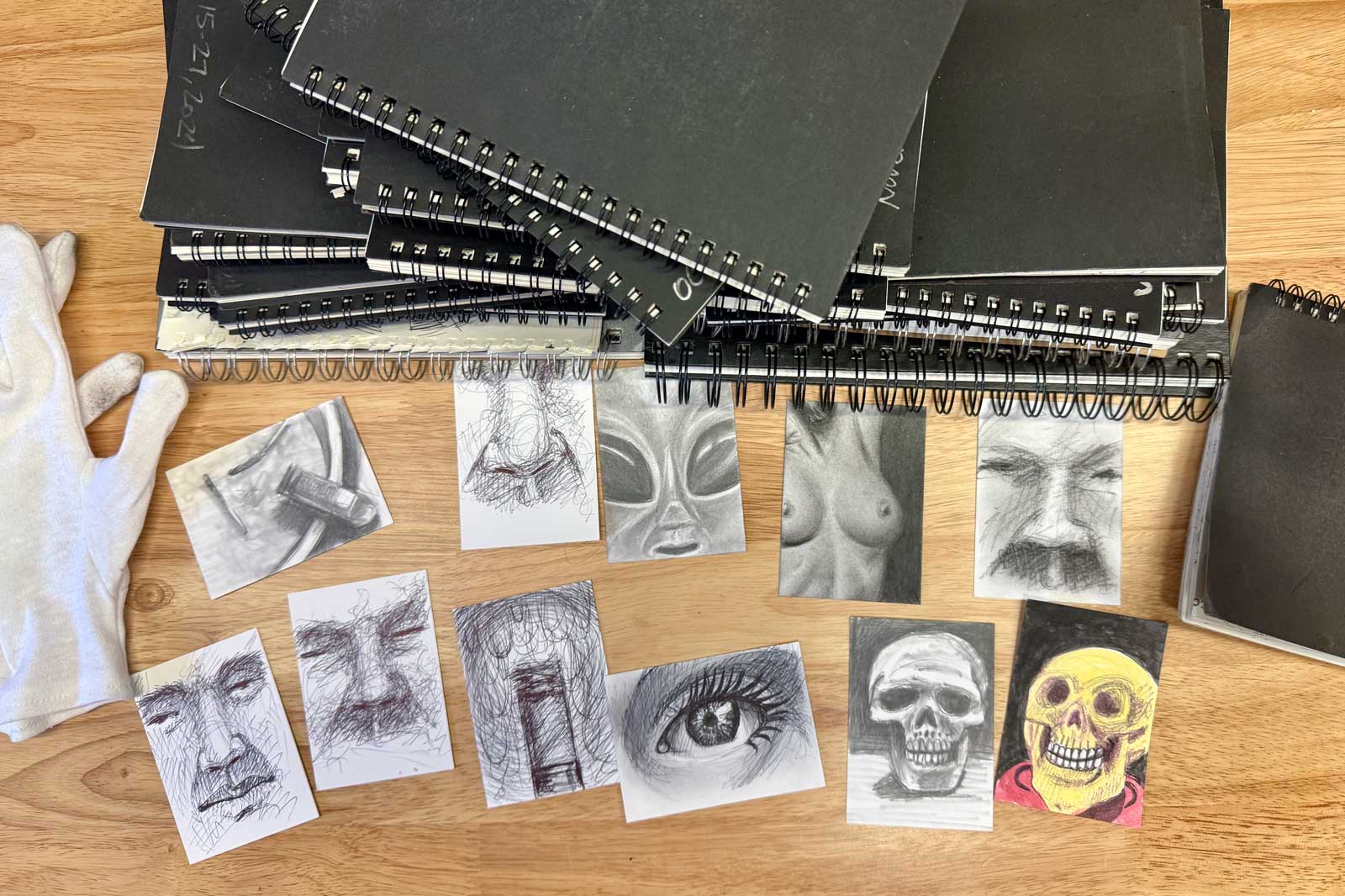
Understanding ACEO Cards and NFTs
These quirky art forms and digital trinkets might look like an enigma wrapped in a riddle at first sight, but fear not, they’re not nearly as baffling as they appear. With a dash of curiosity and a sprinkle of exploration, you’ll be deciphering them like a pro in no time!
ACEO (Art Cards, Editions and Originals)
- Format: Physical, miniature works of art, measuring 2.5 x 3.5 inches. This is the same size as a standard baseball card.
- Physical Art: These are tangible art pieces created using various media, such as watercolor, oil, acrylic, pencil, or mixed media.
- Collectibility: ACEOs are collectible miniature artworks, often collected by subject matter or artist.
- Editions & Originals: They can be original pieces, numbered editions, or even photographs.
- Accessibility: ACEO cards provide an accessible and affordable way to collect art from different artists. They can be displayed in frames, albums, or even incorporated into other art forms.
- History: The concept of art cards has existed for centuries, with a modern form of ACEO art evolving from Artist Trading Cards (ATCs), which were initially meant for trading, not selling.
- Investment: ACEO Cards can be seen as an investment, with the potential for value fluctuations based on factors like rarity, artist reputation, and market demand.
- Provenance: ACEO Cards have proof of their creation, which can include photos of the art, its creation, and archived images and details on a website. (Learn more about provenance.)
NFT (Non-Fungible Token)
- Format: Digital tokens representing ownership of a unique digital asset, typically stored on a blockchain, such as Ethereum.
- Digital Ownership: NFTs provide proof of ownership for digital items, such as images, videos, audio, or other creations.
- Uniqueness & Scarcity: “Non-fungible” means that each NFT is unique and cannot be replaced by another identical token. This distinguishes them from fungible assets like cryptocurrencies, which can be exchanged.
- Blockchain Technology: NFTs use blockchain to record ownership and transactions, ensuring transparency and security.
- Smart Contracts: Smart contracts are used to manage NFTs, automating ownership transfers and other functions.
- Market: NFTs are traded on online marketplaces specifically designed for digital assets, where collectors and investors can buy, sell, and trade.
- Investment: NFTs can be seen as an investment, with the potential for value fluctuations based on factors like rarity, artist reputation, and market demand.
Got questions about ACEO Cards or my art? Check out my ACEO FAQ page.
